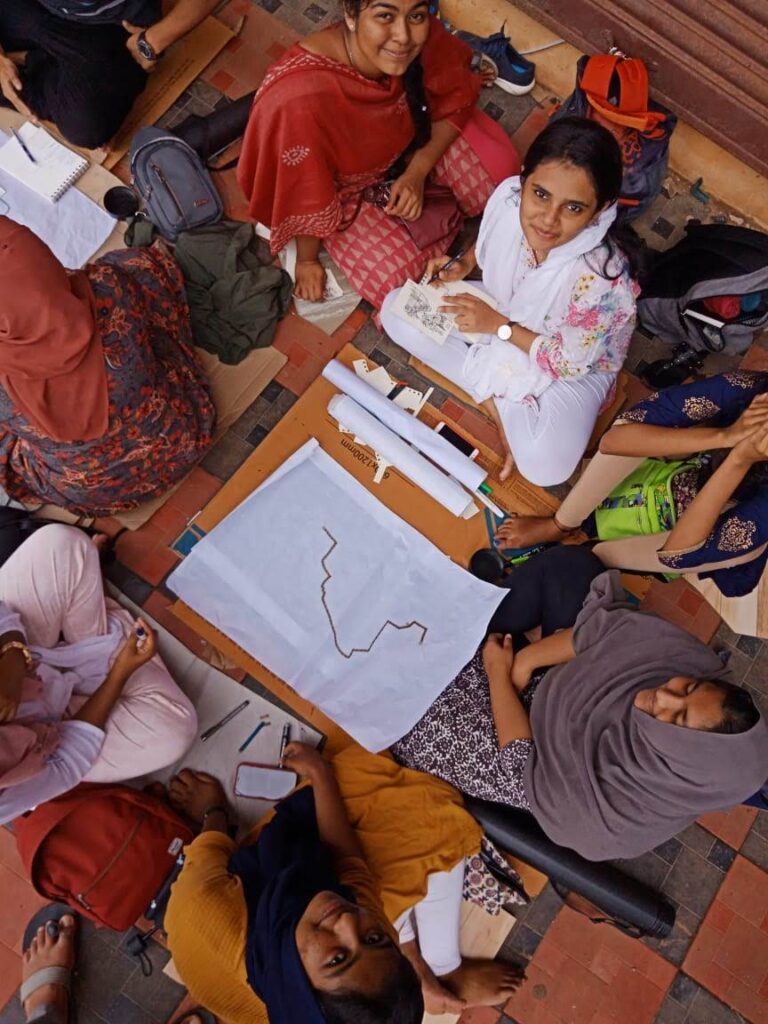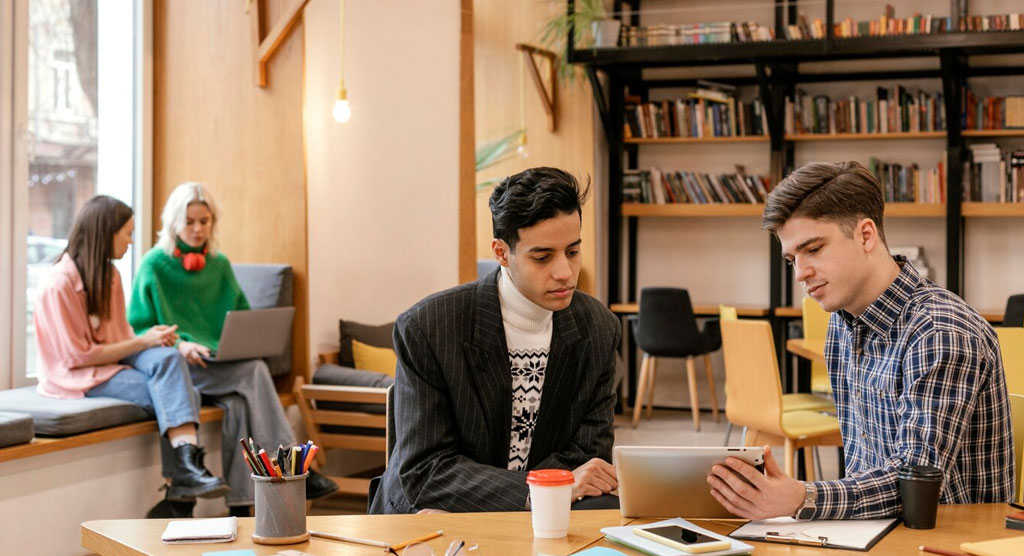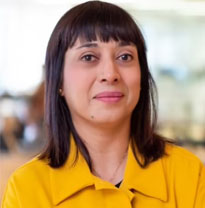1. Collaboration
It is safe to say that instruction-led teaching is dead, as is fixed seating, or so they should be. Education must be more collaborative, framed in more expansive ways of thinking, beyond the rehearsed concept of the flipped classroom. It is a lot more about peer-to-peer learning as well as self-initiated learning rather than spoon feeding. The emphasis is also rapidly moving from teaching to learning. The design of classrooms in HEIs in India is not adapting to keep pace with these changes, or these changes will not manifest if the right kind of spatial frameworks are not put in place. Classrooms, now or of the future, should be flexible, where it is easy to change classroom layout (without acoustic disturbance); make a classroom smaller or larger depending on need; learning space is interchangeably physical and digital; two-way and way three-way discussions are encouraged, over microphone-driven one-way exchanges.

2. Encounter
Encounter is an essential ingredient for creativity to flourish, opportunities to emerge, and new ideas to become realities. Within this idea of the encounter, is embedded the idea of unfamiliarity, which is not really tapped into at the HEIs. These new opportunities could come in many forms – an interdisciplinary capstone project, novel startup ideas, a certification course that might have just been introduced, or even meeting a peer who might be a good connection in one’s expanding network to form a consortium in the future. The objective of education is not just to come and engage in planned interactions and course outcomes only. It is also to interact. This interaction must be a lot more unplanned. To plan these interactions is to dilute their potency and potentiality. So, this ‘unplanned planning’ of spaces of encounter is to cross program learning spaces across a different logic, which is not driven by disciplinary insularity, or to be attentive to the kinds of frictions and affinities emerging due to ‘functional deficiencies’ in efficient planning.

3. Experiment
Experimentation is not just a mindset, but it is also an infrastructural setting, which can make certain things happen or not happen. It is an essential aspect of design thinking, which can be absorbed into other disciplines to further learning outcomes, and especially innovation. Experimentation cannot, however, happen in desk-based and textbook-based pedagogies. As such, it must engage different learning spaces, which are usually designed and constructed as distinct functional spaces, which are labelled and separated. We should therefore always question why we take for granted the separation between lecture and studio spaces; studio spaces, workshops, and labs; lecture spaces, meeting spaces, and libraries. These fractioned infrastructures must be allowed to bleed into one another, for the cross-pollination to happen, for the messiness to allow the risk-taking and uncertainty to flourish.
4. Safety and Comfort
In one of the electives, I ran in the School of Design and Innovation, RV University, called Mental Health by Design, I asked my students to co-write a dossier of changes they would like to see in education, and it is not surprising that many recommendations were about the design of learning spaces – physical and digital. Reflecting the recent changes in awareness about mental health and neurodiversity globally and in India, these suggestions were around thermal comfort, controlling glare and illumination, reducing distractions from spaces of high traffic, having access to fresh air, places of refuge and seclusion,
as well as spaces for movement and exercise, places to keep stuff and personalize, and so much of it was about how language of curriculum documents play out in creating triggers that get exacerbated in the physical space of the classroom. Classrooms need to stop being ‘indifferent,’ one-size-fits-all, transient spaces of transaction, to much more grounded, stable, emotional homes for academic learning.
5. City
Not all learning happens within the academy, and it should not. Hence, I have been a big advocate for the model of learning in the city. Over and above the internships and field visits, we must be able to work the city and the everyday into the learning space. At RV University, we attend to this through doing exhibitions, conferences, and performances in highly public venues, which are led entirely by our students. Yet, I feel that as students move to more advanced levels in their degree programs, there is greater emphasis on application over relearning to learn. The unbridled wonderment of the first year gives way to ‘been there, done that, seen it’ all attitudes. All this flies in the face of the fact that we can always learn to see anew, irrespective of how old we are, or how much expertise we have.
In closing, I would like to propose a radical future for learning spaces, one that is much more deconstructed and decentered in designing and programming learning spaces, within the academy and without. No amount of ‘institutional correctness’ will create spaces where students can really take charge of their education and become independent thinkers. I hope our readers can take up some of these ideas, apply them, become aware of the discomfiture of adopting new spatial habits, and become attentive to the real-time transformations taking place.



